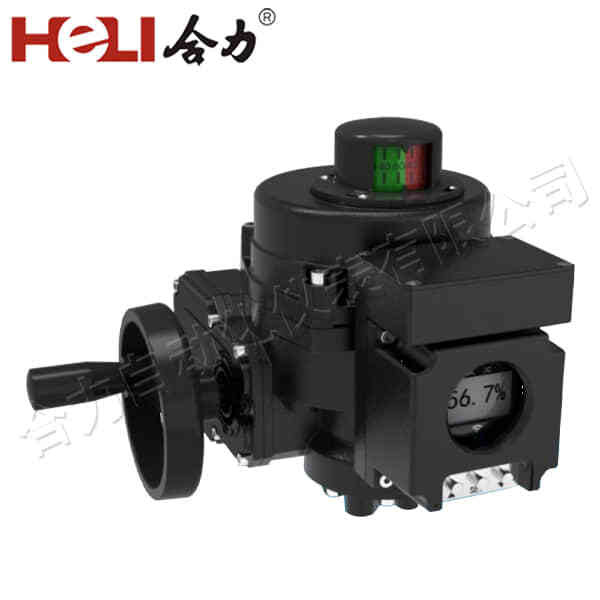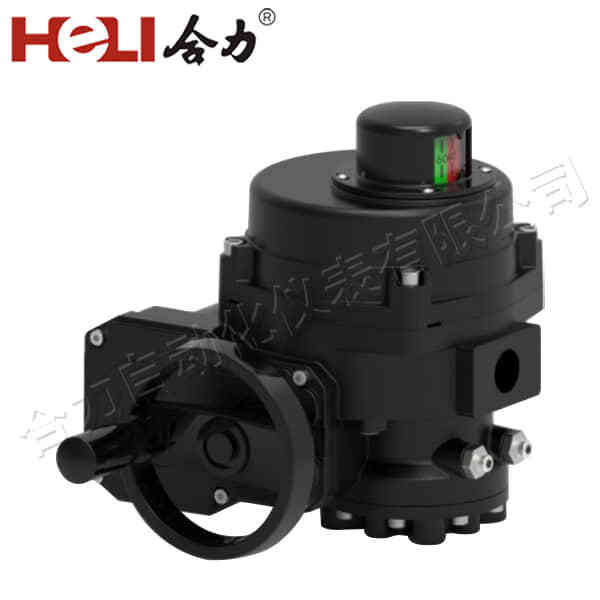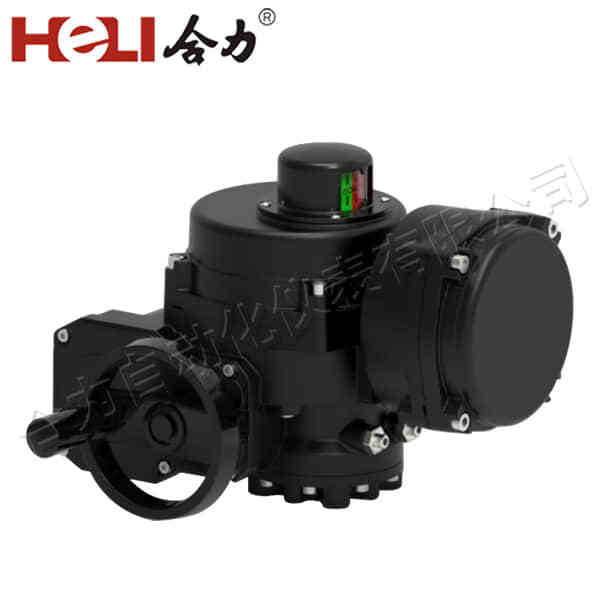Electric actuators have revolutionized the way machines, systems, and devices function by providing efficient, precise, and reliable motion control. Whether in industrial automation, home automation, or even in advanced robotics, electric actuators are essential components that convert electrical energy into mechanical motion. This article delves into the working principles, types, and various applications of electric actuators, helping you understand their significance in modern technology.

What is an Electric Actuator?

An electric actuator is a device that uses electrical energy to create mechanical motion. This motion can either be linear (straight-line) or rotational (circular). Electric actuators are commonly powered by motors, such as DC motors or stepper motors, which are coupled with mechanical systems like gears or screws to transform electrical input into physical movement. These actuators are integral to various systems, performing tasks that range from opening a valve to controlling the position of robotic arms. Working Principle The basic working principle of an electric actuator is simple: it takes electrical energy (usually DC or AC power) and converts it into mechanical work. The electric motor inside the actuator rotates or moves linearly when it receives an electrical current. The motor is connected to a transmission mechanism, which converts this rotational or linear motion into a usable form. In the case of linear actuators, this motion might involve a screw or piston, while for rotary actuators, it might involve gears or pulleys.
